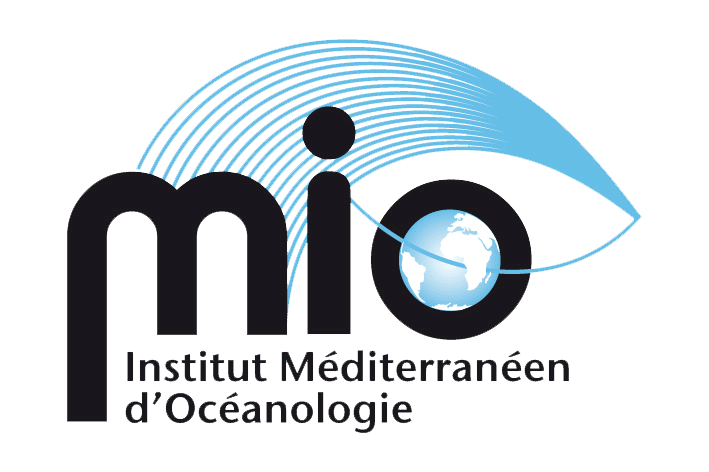Knowing the food web of an ecosystem means understanding its architecture, its flows of matter and energy, and ultimately enabling it to be better protected. However, for very rich systems, such as primary forests or coral reefs, we do not yet have a comprehensive knowledge of all the food relationships between species. On the basis of the tree of life, which describes the evolutionary relationships between species, a research team has shown that new machine learning algorithms make it possible to predict fairly accurately all the feeding relationships in reef fish. This study, to which scientists from the Centre de Recherches Insulaires et Observatoire de l'Environnement (CRIOBE - PSL/EPHE/CNRS/UPVD), the IRD, the Institut Méditerranéen d'Océanologie (M.I.O - AMU/CNRS/IRD) and the CEntre de Synthèse et d'Analyse sur la Biodiversité (CESAB) contributed, has been published in the January 2021 issue of PLoS Biology.
Ecological systems are not a set of independent building blocks of biodiversity, but function through the continuous exchange of energy and nutrients between species. The most obvious flow of matter is certainly the prey-predator relationship. Together, these relationships form a food web (or trophic web) through which matter and energy flow, contributing to the overall productivity of the system and its smooth functioning.
While the production of an ecological system can typically be measured by quantifying flows, the structure of the food web represents its functional architecture, enabling flows to propagate from low to high trophic levels. Knowing this architecture means knowing the dependency relationships between species and therefore being able to understand the cascading effects of disturbances or management measures.
In species-rich ecological systems, it is almost impossible to know this architecture precisely. For coral reefs, the richest marine system on the planet, scientists have until now relied on expert definitions of prey-predator relationships. Researchers from the Centre de Recherches Insulaires et Observatoire de l'Environnement (CRIOBE - PSL/EPHE/CNRS/UPVD), the IRD, the Institut Méditerranéen d'Océanologie (M.I.O - AMU/CNRS/IRD) and the CEntre de Synthèse et d'Analyse sur la Biodiversité (CESAB) have compared several datasets created by experts and shown that these disagree for around 30 % of fish species.
To find a solution, the scientists searched the literature for existing information on the stomach contents of fish from different Atlantic and Indo-Pacific coral reef systems. This enabled them to objectively identify the diet of 13,961 reef fish.
Next, the researchers demonstrated that machine learning algorithms based on evolutionary relationships between species, data that is readily available today, were able to predict predator-prey relationships with an error of just 5 %.
Although these results, published in PLoS Biology, are just the beginning, the researchers hope to have taken a first step towards objective knowledge of coral reef food webs by making their results accessible to all scientists.
References
Parravicini V, Casey JM, Schiettekatte NMD, Brandl SJ, Pozas-Schacre C, Carlot J, et al. (2020) Delineating reef fish trophic guilds with global gut content data synthesis and phylogeny. PLoS Biol 18(12): e3000702.




